|
In her classic tome, The Death and Life of Great American Cities, Jane Jacobs eloquently advocated for the importance of sidewalks when she wrote, "Lowly, unpurposeful, and random as they appear, sidewalk contacts are the small change from which a city's wealth of public life must grow." More recently, The Social Life Project, has also recognized the importance of sidewalks, identifying them as one of their critical 11 strategies for creating lively and connected places that promote commerce and community. During my recent travels to various countries, I had the opportunity to experience and document the state of sidewalks and their impact on street life and sense of place. While I did see some positive examples, overall, I was struck by the inadequate and often unsafe conditions that can stifle street life, not only by reducing walkability, but also by causing fatalities due to the neglect of pedestrian needs. In this article, I will compare, contrast and learn from the world beneath my feet. IndiaCrossing the street in India is a colorful experience whether you're in Mumbai, Mangalore or Bangalore. During Placemaking Week India, I visited multiple cities and rural areas, and Ethan Kent of PlacemakingX, cleverly observed that a national campaign for sidewalks would greatly benefit the entire country. Indian placemakers repeatedly highlighted the dangers of road traffic and the attitude that if a pedestrian is injured or killed on the roadways, it is considered their own fault. This issue hit close to home when I learned that one of the event producers of Placemaking Week India, Prahtima Manohar, had lost her own cousin in a roadway accident. Despite the often chaotic nature of Indian streets, one positive aspect is the presence of street-side markets offering fresh fruits, vegetables, and beautiful flower arrangements, as well as the mandala art often found on the ground around temples, which helps create special spaces despite the dangers. Manila, PhillipinesIf sidewalk obstructions were an Olympic sport, Manila would bring home the gold. I never met a street tree I didn't like. Until I met these ones. Cars rule the roads in Manila where new streets lock pedestrians out and force them into underground corridors. What goes down must come up. Pedestrians and cyclists are forced into subterranean hallways in Makata. These slums have eschewed sidewalks in favor of shared streets that are incredibly social, lively places. The sidewalks in Manila exist, but they are so bad, that they seem like a cruel joke at the expense of the ambling citizens of one of the most populous cities of the world. The footpaths are often narrow strips that are comically interrupted by overgrown trees, redundant electric poles, piles of dirt, and the occasional side hustle. Street level crossings in the business district are gated off, forcing pedestrians to use elevated crossings or subterranean tunnels in favor of highway speed vehicular prioritization. Philippine placemakers told us that when they advocate for politicians to prioritize walking and biking infrastructure, they often hear the argument that this type of infrastructure is unnecessary because it takes too long to get around on foot. However, as the placemakers point out, this transportation method would be quicker if it were properly prioritized, creating a vicious cycle of circular logic. Despite the lack of comfortable sidewalks, Manila does invest in floating walkways and ones buried beneath the earth, which may move people around but on monotonous paths that do not contribute to ground-floor vibrancy. On the other hand, when you venture out of the urban core into a neighborhood like Punta Santa Ana, you find that the lack of sidewalks leads people to spread out into all parts of the street, creating an almost closed-off street party feel with people doing karaoke and greeting friends and strangers alike with warm affectations. Drivers move slowly and will honk at you to warn of their presence, and it's just a fun and lively place to be where anything seems possible. SingaporeThese cramped and narrow sidewalks in Singapore are a claustrophobic's nightmare (i.e. Me!). Of all the neighborhoods in Singapore, Little India demands more attention to create more comfortable public spaces. On the plus side: Singapore's covered sidewalks are a joy in sun and rain. Their many park pathways are pure bliss. Haji Lane is delectably right-sized: a pedestrian street dual-lined with restaurants, bars and cafes is a daily street party. Singapore is a wonderful place to walk around, especially in the classic neighborhoods like Tajong Pagar, Chinatown, and Little India, but one issue is the sidewalks are not wide enough to handle the amount of foot traffic. Many of them are covered with colonnade overhangs, an elegantly functional remnant of heritage shophouse architecture, but which makes your walk interrupted by uneven surfaces, as you may have to step down or up unexpectedly, or encounter awkward ramps. In Little India, people use the sidewalks more than any place in the city: people are sitting everywhere, meeting with friends, taking their shoes off and contemplating the jam between their toes, it's like they're at a beach resort sitting on cabanas, but without any accommodations except for their own square inch of pavement from which to perch. This sidewalk scuffle seems particularly egregious seeing as Singapore is one of the best case studies for vehicular congestion pricing. Because their nation adopted forward-thinking urban design principles before car ownership had taken hold, they were able to curtail car dominance through a hefty registration fee that prohibits most from driving in favor of other forms of transportation. This creates the unique and bizarre pedestrian experience of you looking out to a multi-lane road and seeing virtually no car traffic, but then looking at the tiny strip of sidewalk and seeing bodies bumper to bumper and absolutely frustrated. On the flip side, Singapore also does some really wonderful things with sidewalks that should be recognized. I love their covered walkways which make it easier to go the distance in both rain and extreme sunny conditions. These seem to congregate around transportation as well which make them a good use of resources. Also, Singapore has created awesome walkways along the Singapore river. A walk along its banks will lead you to multiple commercial and heritage adaptive reutilizations of their historic river quays, and further upstream you find yourself in recreational forests that seamlessly act as permeable rain catchment systems to sustain the city's water supply. London, UKFinally, a refreshing change of pace. The streets in the center of London are a storybook amusement to walk along. You might encounter a vibrant pedestrian square like the fabled Covent Garden area, which is an entire area purged of cars by attractive, antique pushcarts teeming with horticultural displays. The walk along the banks of the Thames Riverfront is an uninterrupted delight (minus the detour you have to take behind the MI-6 spy headquarters), with deja-vu views of some of the world's most familiar buildings. Architecturally distinct bridges criss-cross the meandering waterway, well-utilized public spaces filled with pop-up markets and temporary art installations buttress your path, and there's even a punctual ferry service powered by Uber to use when your feet start to ache. Unfortunately, this area is quite expensive, luxury-driven and still owned by royal families and the literal aristocracy, but there's something to glean here from the sound proportions and giddy feelings of all the paserrbys. San Juan, Costa RicaPlacemakers working to implement the World Health Organization's Age-friendly Cities Framework in San Juan, Costa Rica's capital, shared their concerns about the status of their sidewalks. According to locals, the policy in place means that each property owner is responsible for maintaining the section of sidewalk in front of their property. While one could optimistically hope this would lead to creative solutions and a pride of ownership, it instead results in a patchwork of inconsistent materials, grades, and conditions, making walking a challenging and uncomfortable experience for many, particularly for the elderly community. JapanJapan is known for its excellent food, trains, and courteous culture, but when it comes to sidewalks, they are falling short these days. During my visit, I noticed a significant increase in the use of bicycles since I was here just before the pandemic. This is great to see, however, Japanese bicyclists are encouraged to ride on the sidewalks, which can make walking a chaotic and dangerous experience. As you're walking down the sidewalk, bicyclists unexpectedly appear, weaving in and out of pedestrians, leaving them spinning in their wake. At night, their bright lights shine in your face, making it difficult to see. It's obvious that Japan is at a critical juncture where the demand for cycling illustrates that it is ready to become a cycling culture like Amsterdam or Copenhagen, but ridership will likely not grow without addressing this backwards approach to placing cyclists and pedestrians at odds. Lessons from the RoadI hope you enjoyed this brief trip around the world. I think it illustrates the universal role sidewalks play in the livability and vitality of a city and how regions can be strong in some aspects of delivering great sidewalks, and weak in others. Here's a few tips from the observations made through this journey:
In conclusion, the importance of sidewalks in cities cannot be overstated. From the bustling streets of India to the patchwork sidewalks of San Juan, it is clear that sidewalks play a vital role in the livability and connectness of a community. Adequate size, maintenance and consistency, comfort, and accessibility are all key factors in creating safe and enjoyable sidewalks for everyone. Furthermore, incorporating unique features such as street level crossings, sidewalk marketplaces, and shared roadways can enhance the overall experience and create a sense of community. I'll see you on the sidewalk. Story and Photos by Ryan Smolar.
0 Comments
Leave a Reply. |
AuthorsArticles contributed by placemaking experts across the US Archives
July 2024
Categories |
PlacemakingUS
|
PlacemakingUS Newsletters
|
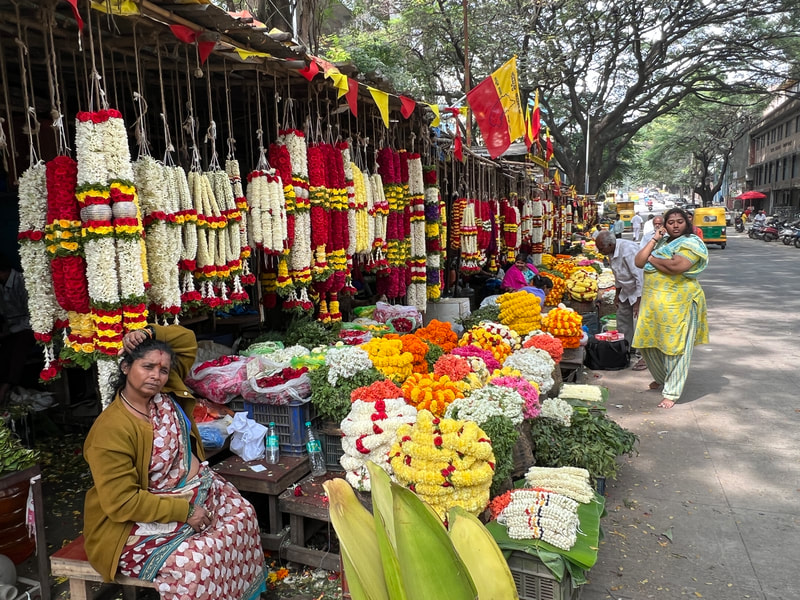
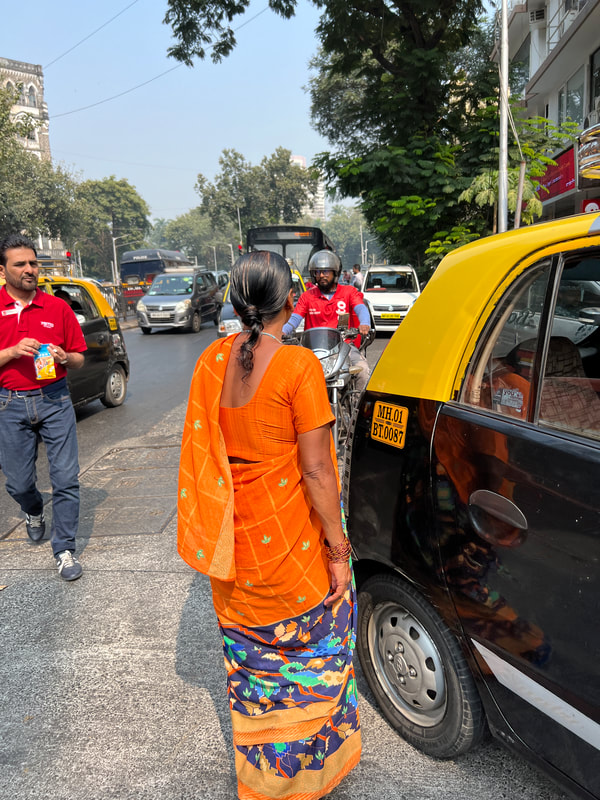
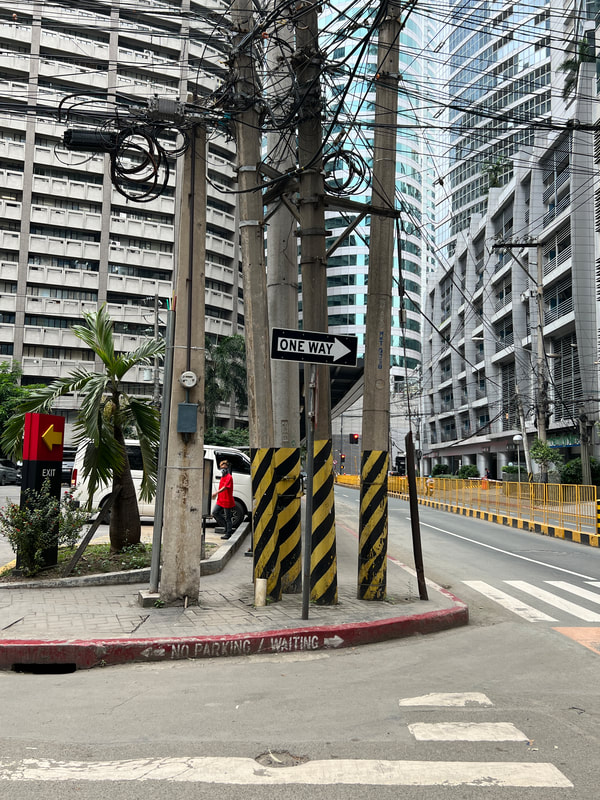
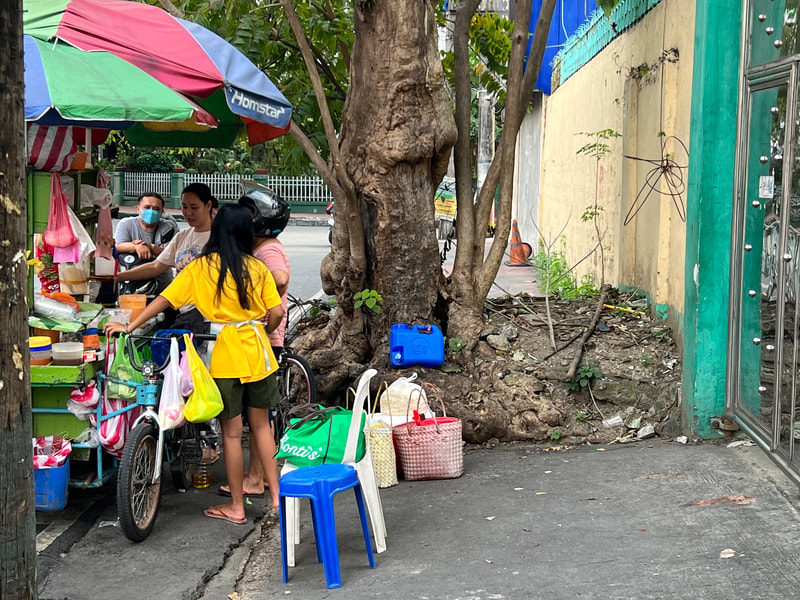
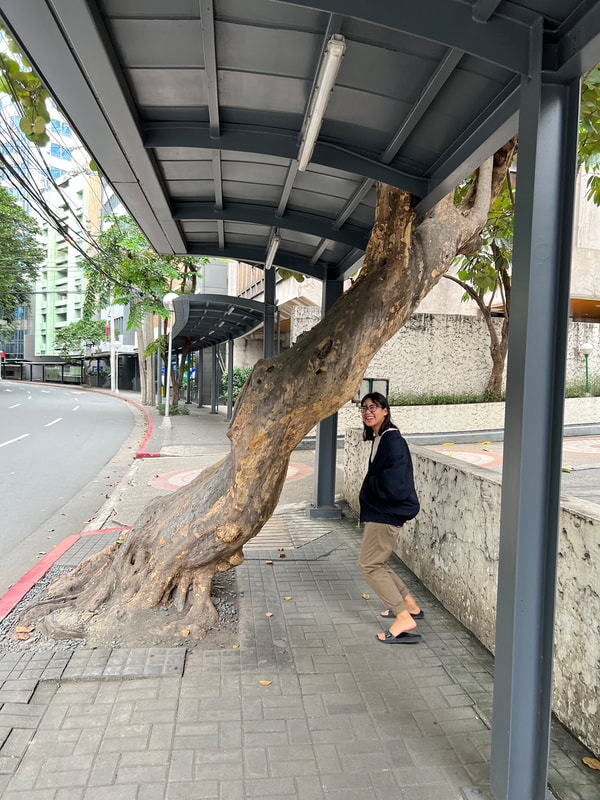
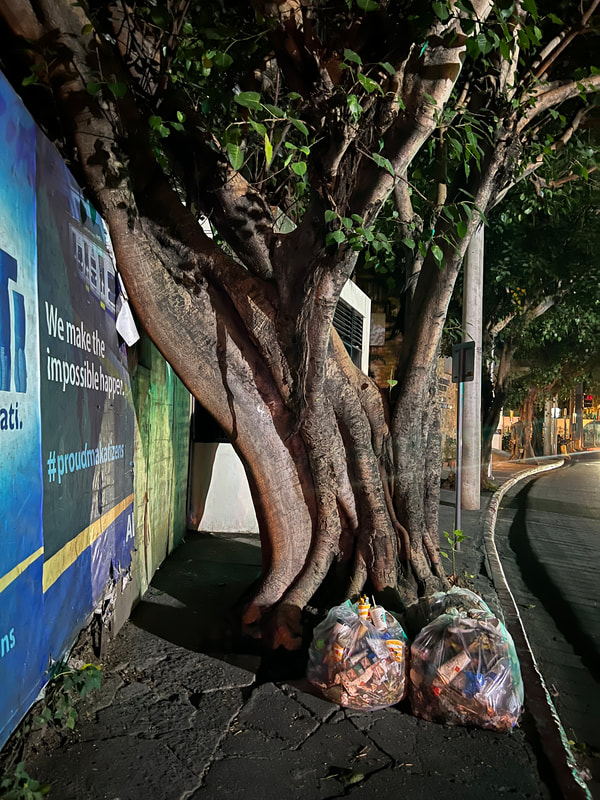
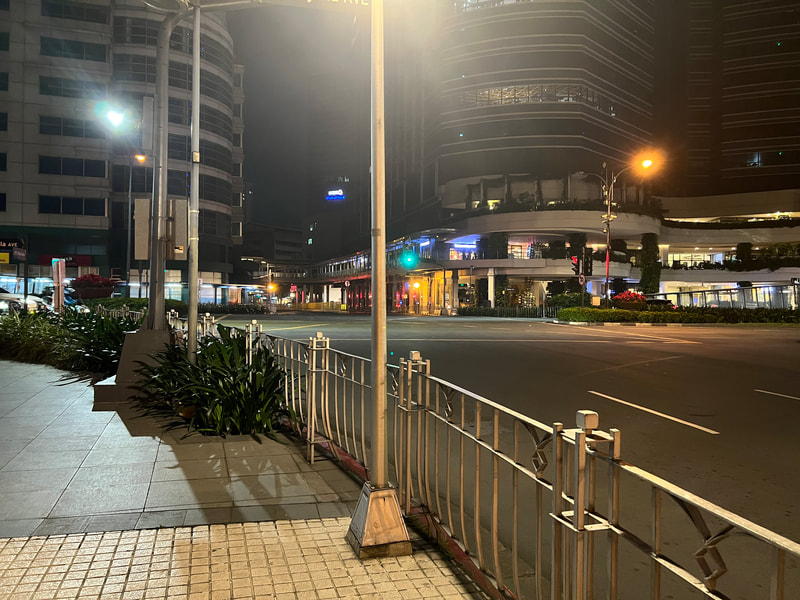
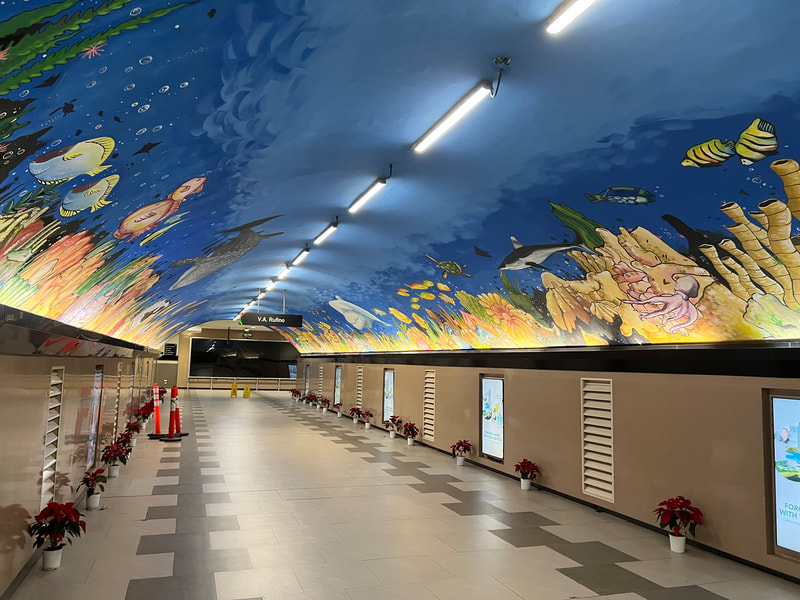
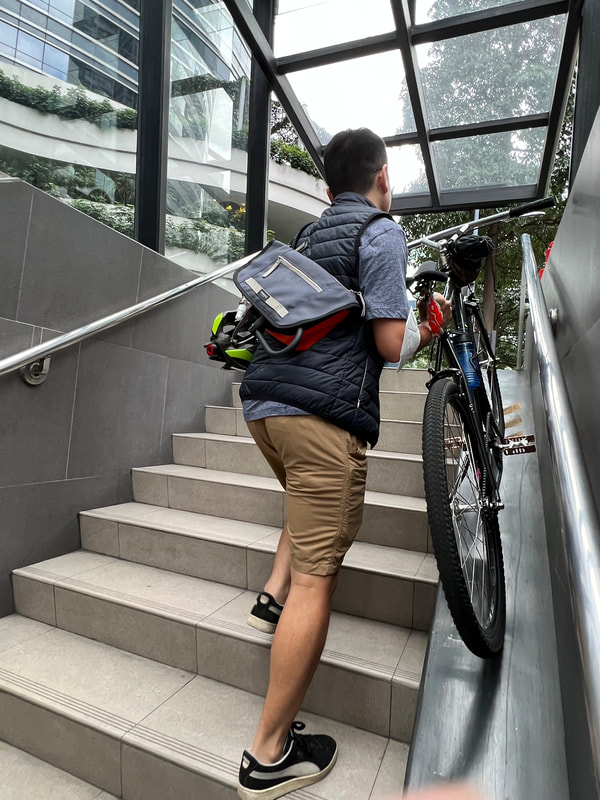

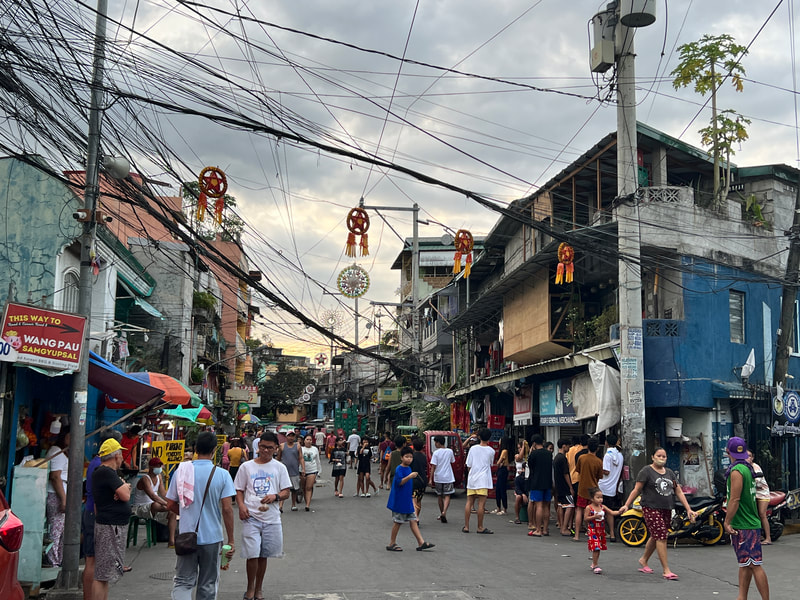

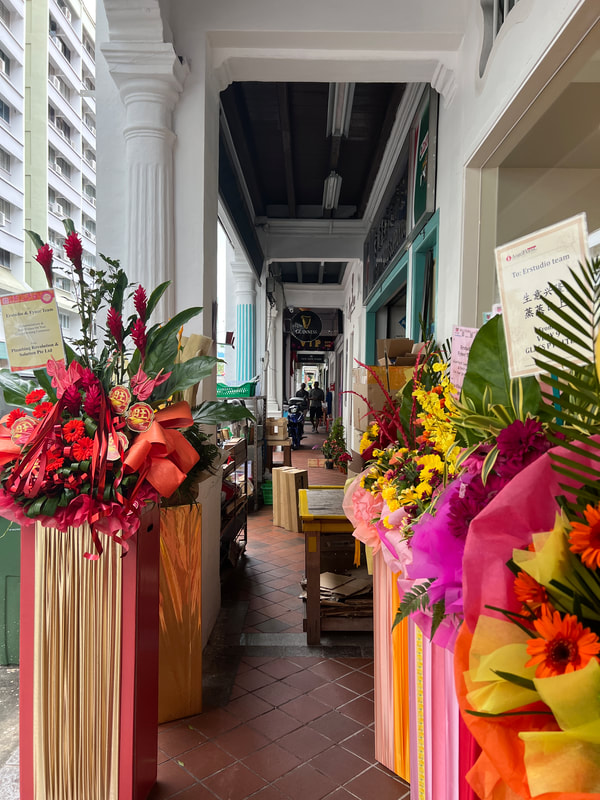
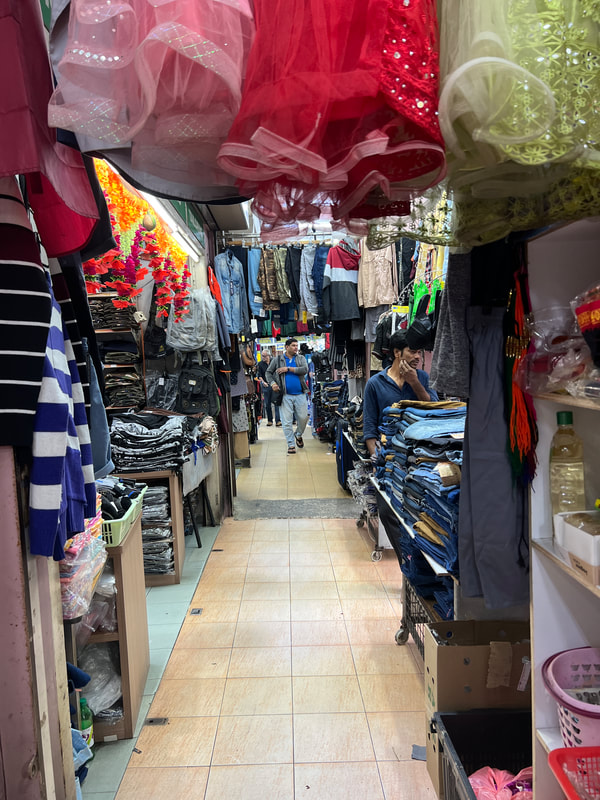
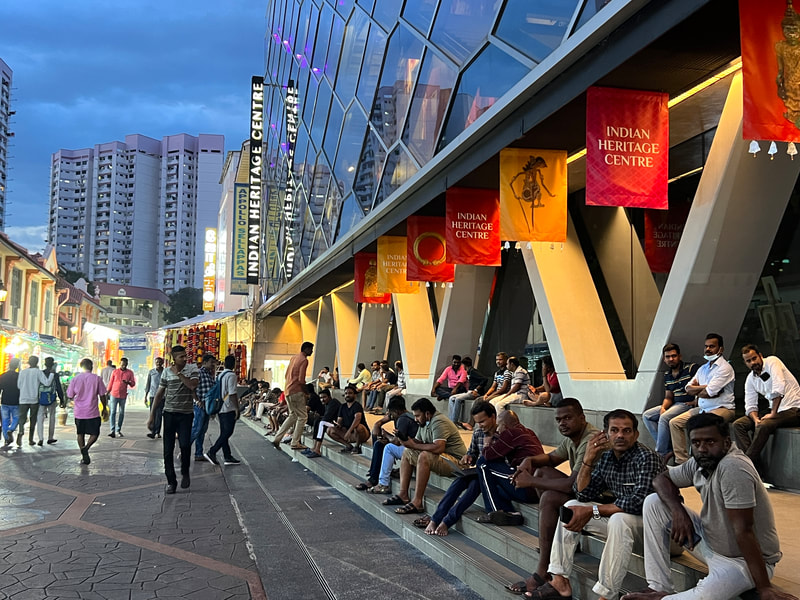
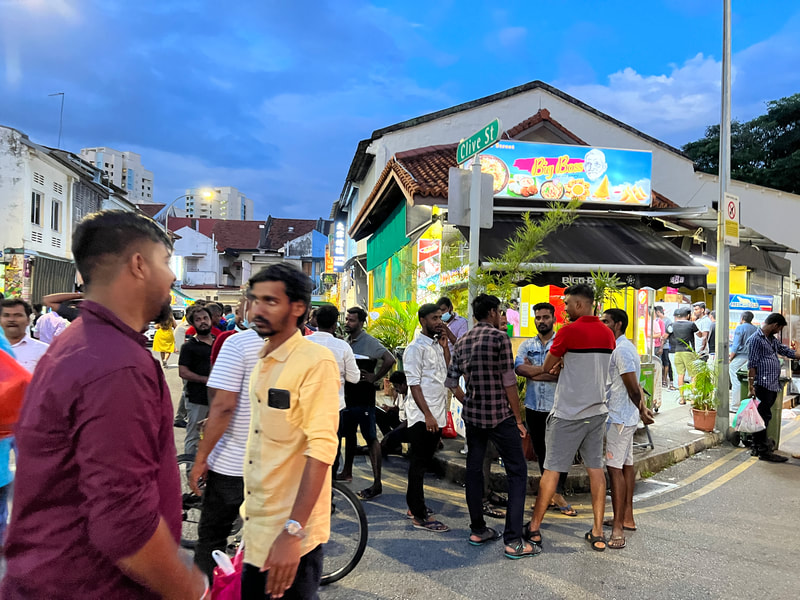
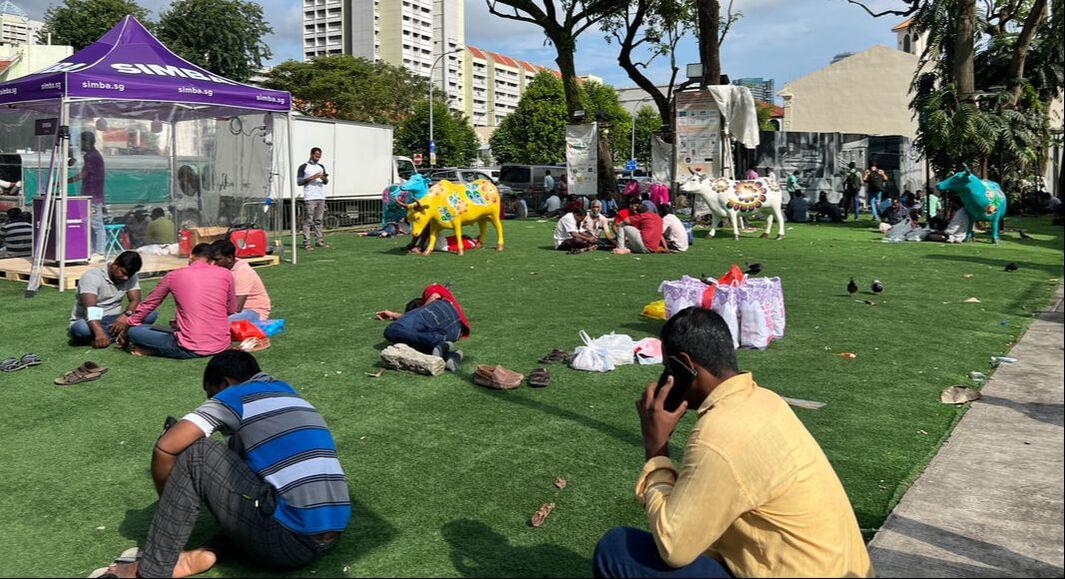
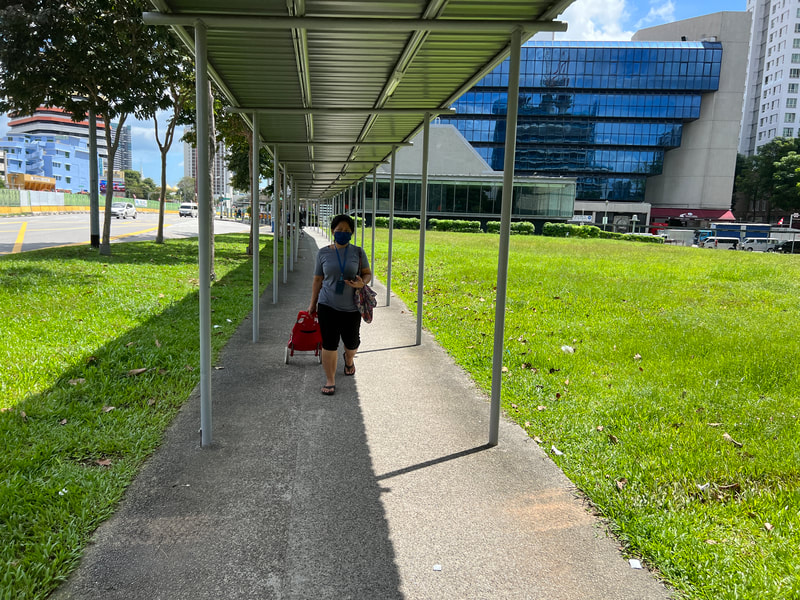
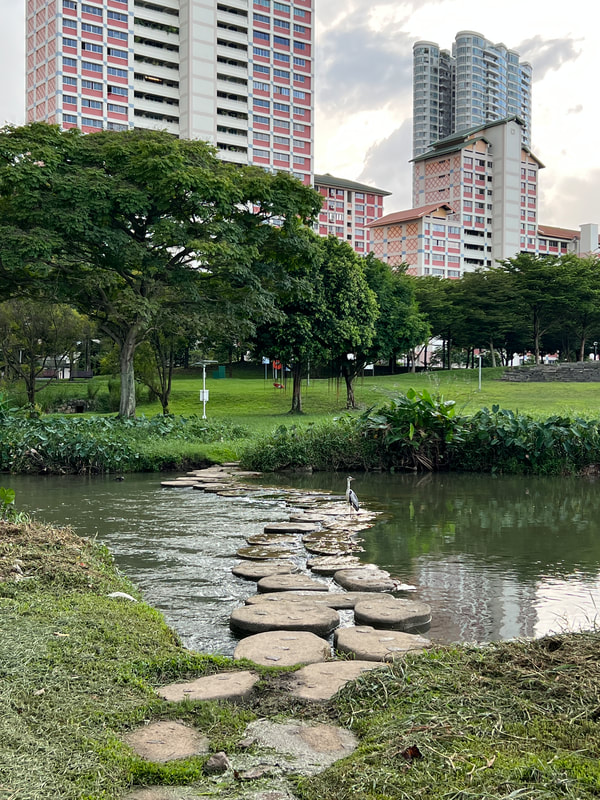
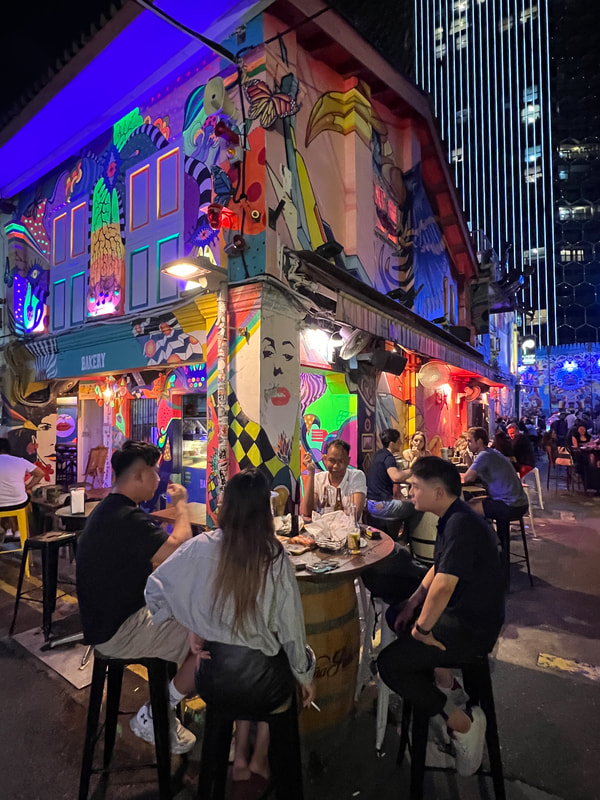
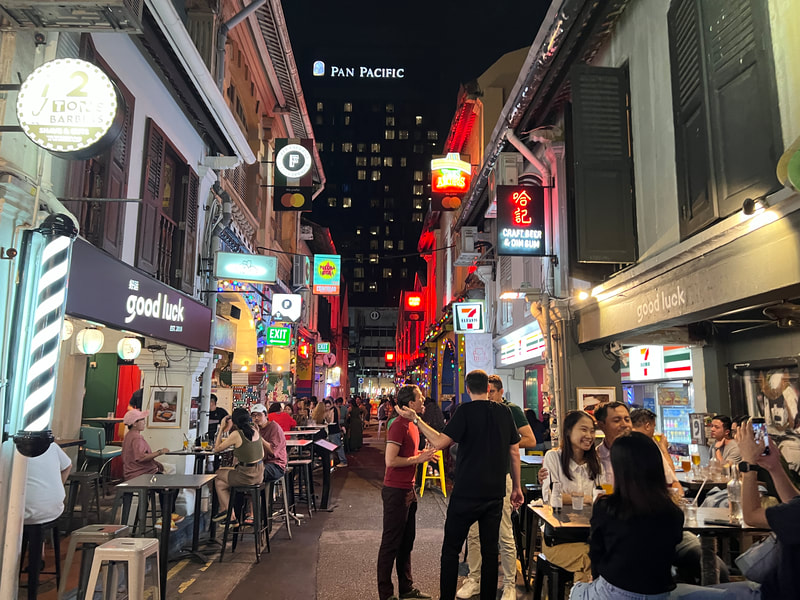
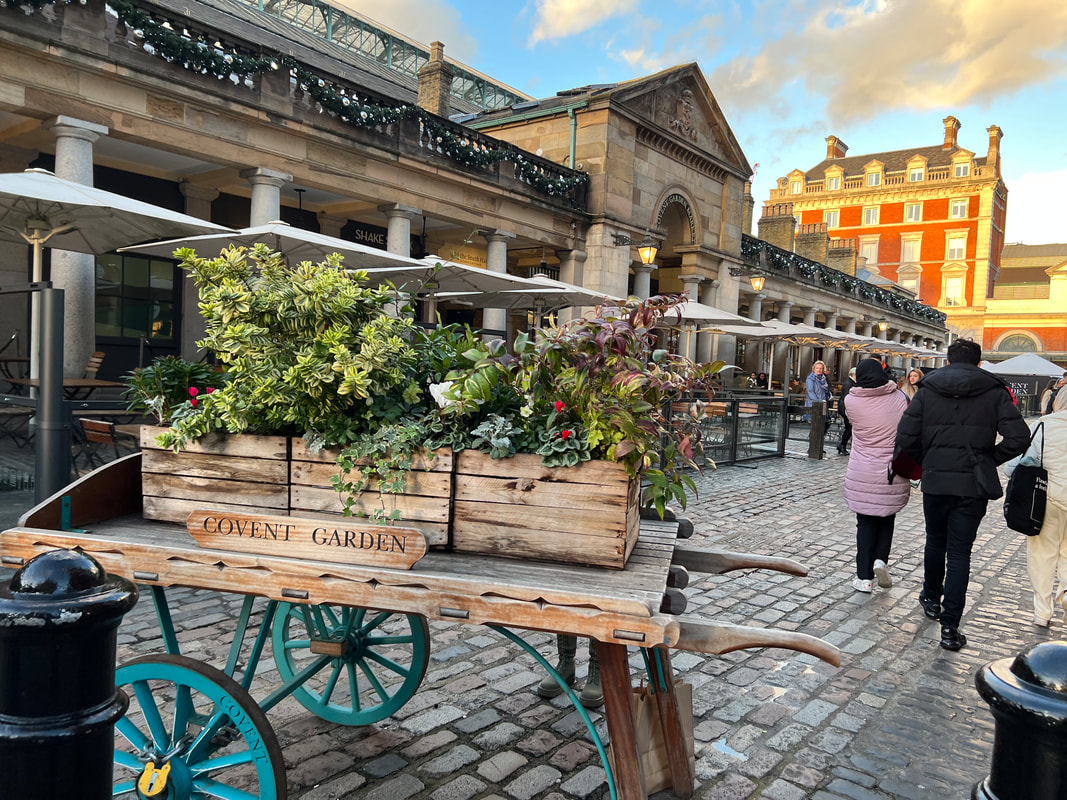
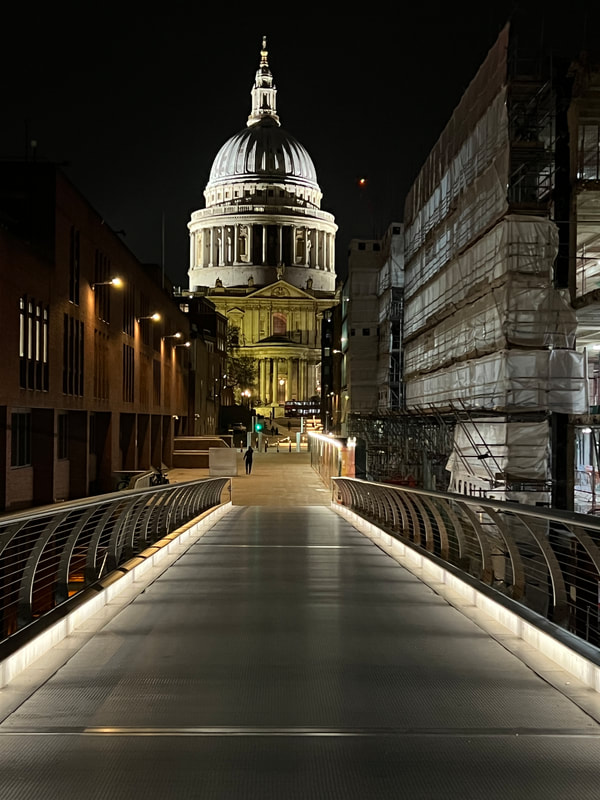
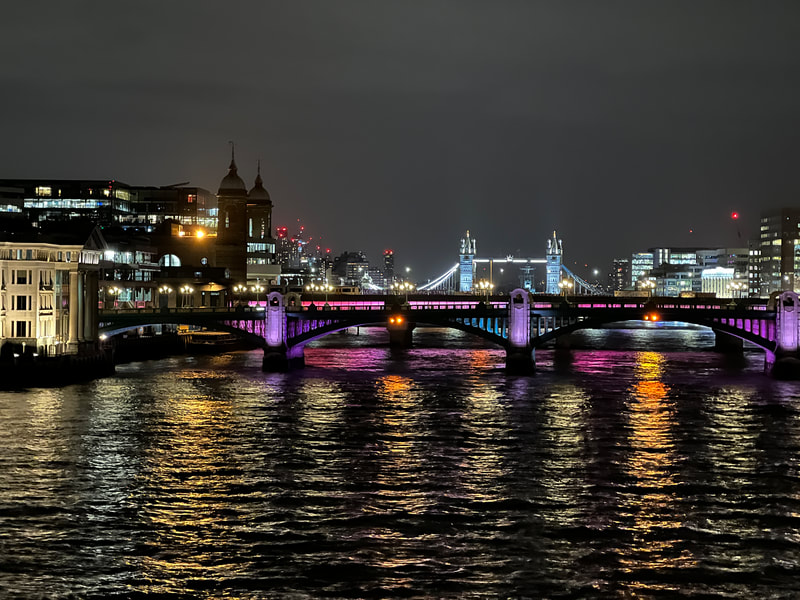
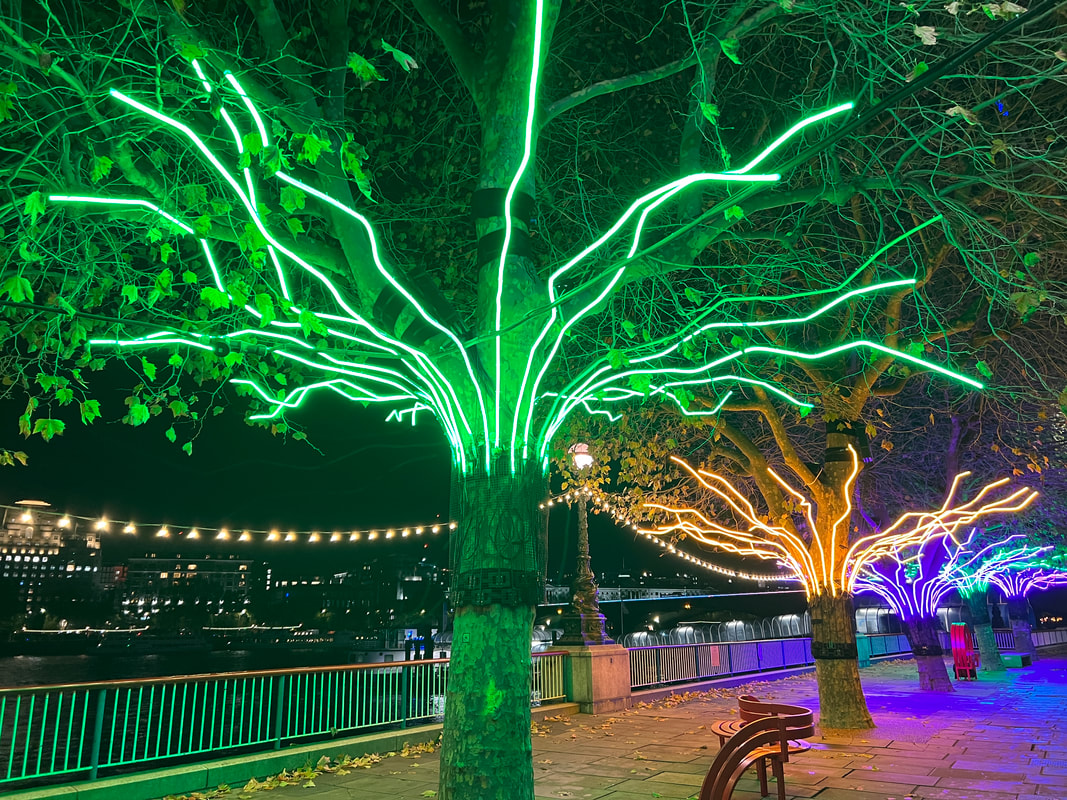
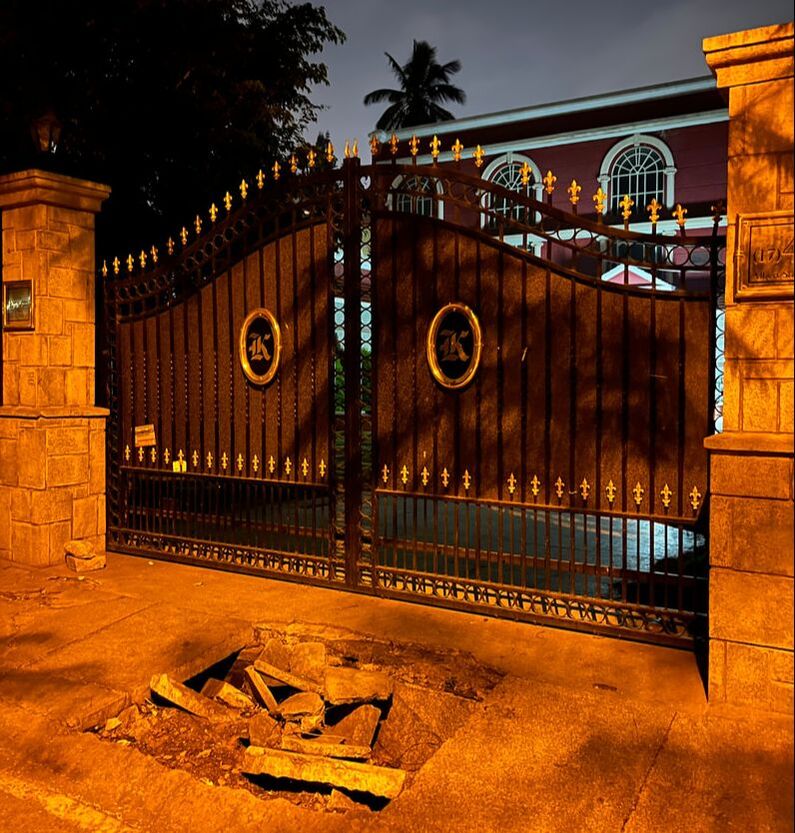
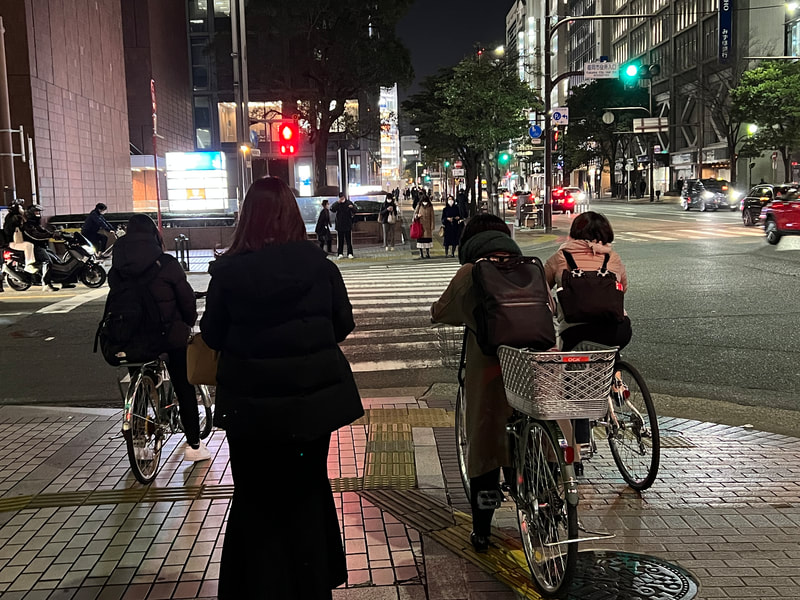
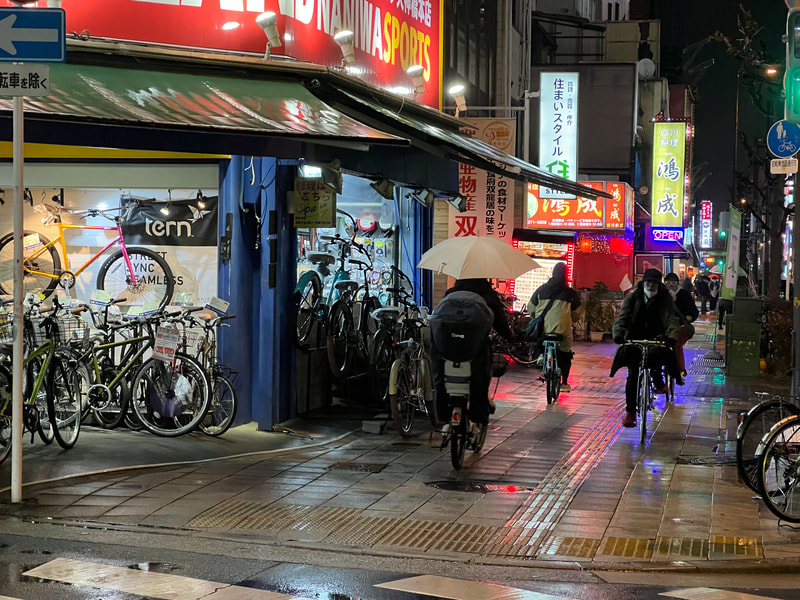
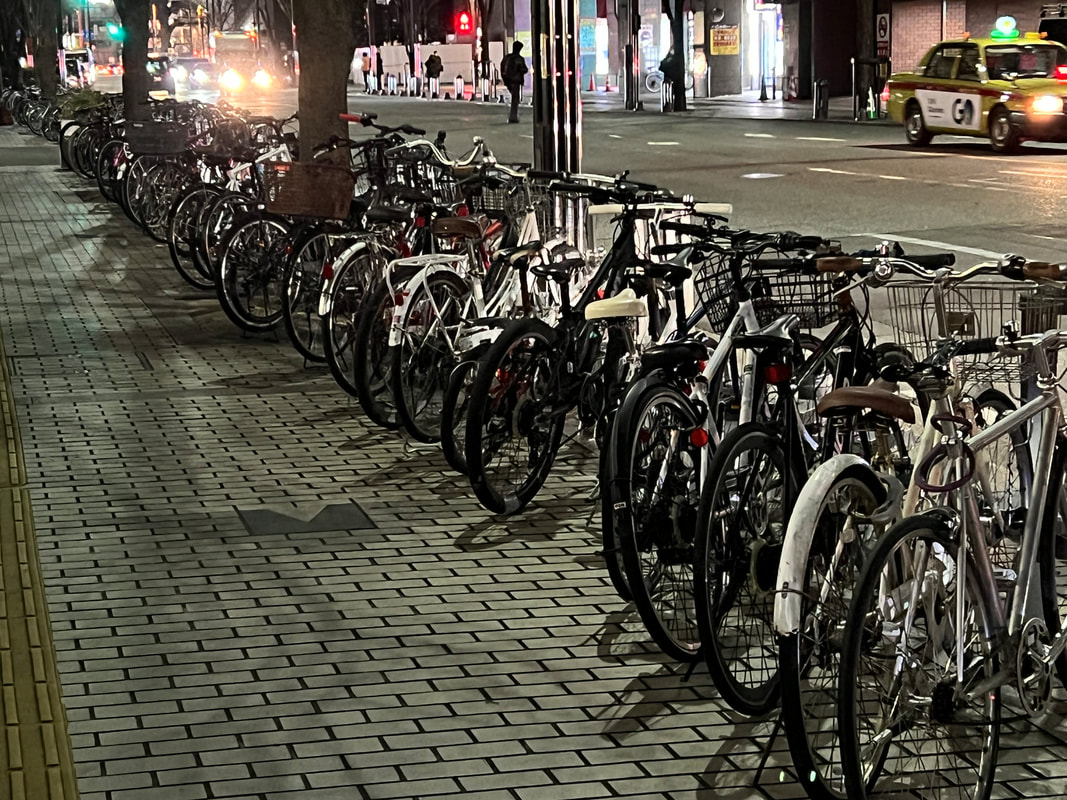
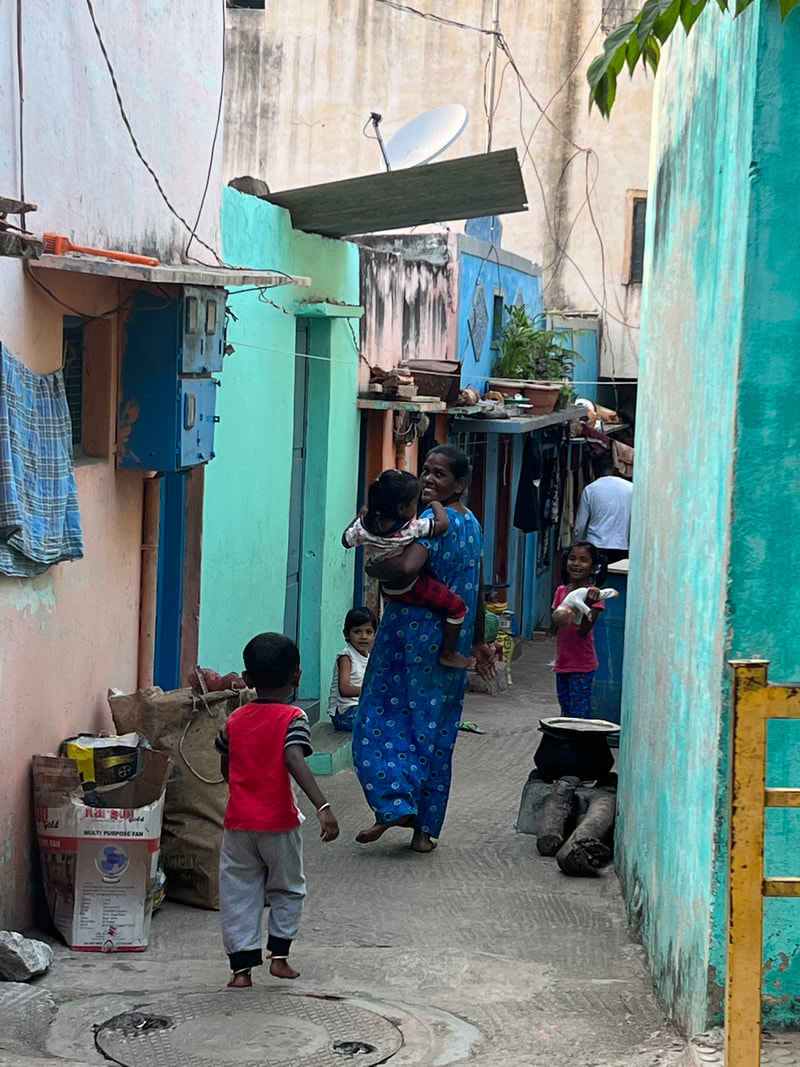
 RSS Feed
RSS Feed
